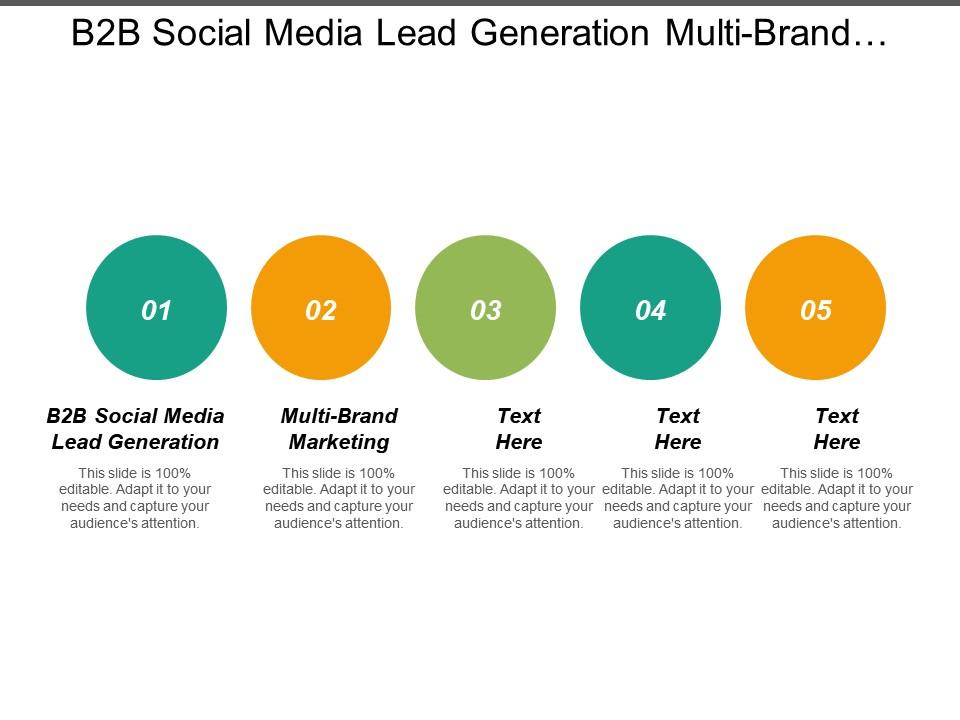
If you're interested in using content marketing to grow your business, you need to develop a strategy for achieving your goals. Set goals to guide your content marketing efforts, establish KPIs and create a content calendar. These steps will help determine who you want your content to reach, what you should deliver, and how you can measure success. You can now plan the steps that will get you there once you have identified these steps.
Content marketing strategies
A successful content marketing strategy involves developing an editorial calendar and scheduling regular content. This involves planning out what content will appeal to your target audience, identifying their needs, and writing quality for each piece. One key component to a successful marketing campaign is consistency. Having enough content to publish on a regular basis will help you maintain a constant stream of new content. You should also consider the life stages and devices of your audience.
Setting SMART goals
It is important to set SMART goals when planning your content strategy. The SMART goals should be specific and measurable. They must also be realistic, achievable, realistic, time-bound, and attainable. This framework will allow you to keep track of your progress, measure success and help you monitor it. It is important to set realistic goals that challenge people. It's also important to make them time-bound to help you stay on track.

Defining KPIs
A content marketing strategy can't be complete without metrics. To track your progress, you can use page views as a simple metric. You can also segment traffic according to channel to see which channel is driving more traffic. You can then see where your efforts have been successful. To understand the effectiveness of content marketing, you need to go beyond page views.
How to create a content schedule
A content calendar is vital for creating high-quality, consistent content. This can help you identify topics and trends that are most popular. You can use it as a tool to help plan for how you want to publish and reuse your content on multiple channels. A content calendar will help you organize your content production more effectively. It can also help you identify gaps in your content marketing strategy and alert you to great copy in advance. It's a great way for you to keep track of your content outputs and identify collaboration opportunities.
Attracting a wide audience
An effective content marketing strategy will help you attract audience members to your website and ultimately boost your sales. Content marketing can take many forms, including videos, articles and photographs. Strategy determines which type of content is best for your business. You can also determine your content distribution channels. Your content should appeal to your target audience. We'll be discussing the benefits of using content marketing in the paragraphs below.

FAQ
How do you create compelling content?
It is important to find topics that you are passionate about in order to create great content. Finding topics that interest you is the best way to write well. This is about finding your passion and then sharing it with others. It's one thing to write for yourself, but it's much easier to write for others.
Do I need to hire a writer for my Content Marketing?
No! It doesn't take a professional writer or editor to produce content that will benefit your business. There are tons available online that can assist you in getting started.
How long does content marketing take?
It depends on how large your business is. Smaller companies often don't have sufficient resources to invest right away in content promotion. But it can pay big-time if your are willing to put in the time.
What is content marketing's main goal?
Content marketing provides valuable and relevant information to customers. This should be done through different channels such as email campaigns, blog articles, white papers, etc. Delivering value to your audience is the key.
Statistics
- Companies that use content marketing see approximately 30% higher growth rates than businesses not using it. (mailchimp.com)
- Out of the 1,500 marketers we surveyed for our State of Content Marketing report, 78% who felt their content marketing strategy was exceptionally effective in 2021 had documented their strategy. (semrush.com)
- According to our research, 65% of companies with very successful content marketing in 2021 ran content audits at least twice a year. (semrush.com)
- According to research compiled by Coschedule: Companies that publish 16+ blog posts a month get as much as 3.5x as much traffic as those that publish 0-4 posts a month. (criteo.com)
- Content marketing produces 3X more leads per dollar spent. Content marketing costs 62% less than traditional marketing. (criteo.com)
- In fact, would pay more for a better customer experience, and 86% of B2B buyers would pay more. (neilpatel.com)
- We found that 40% of businesses don't have a documented strategy yet. (semrush.com)
- Seventy-two percent business to business (B2B) (mailchimp.com)
External Links
How To
How can you make videos more exciting?
Video Marketing is one of most powerful tools for Content Marketing. Video Marketing allows you to connect with your audience and create trust. But how do we go from boring to awesome? Let's explore some simple ways to do this!
-
Tell a good story. Storytelling is at the heart of every good piece of communication. Video marketing can't function without storytelling. Telling stories is only possible if you are open to telling them. Is it something entertaining? Educational? Inspiring? You can find inspiring stories on social media through videos and photos. Take inspiration from these stories and make your own.
-
Images are a powerful tool. Images help convey emotions faster than words. Images allow us to feel empathy and connect with others. Include images in your videos. You have two options: add images to your slideshows and embed them in your blog posts.
-
Make it easy to share. If you want your viewers spreading the word, make sharing easy. Include sharing buttons for your videos. Add social icons in your slideshows. Add "Share" buttons to your videos, especially if you have a YouTube Channel.
-
Don't overdo it. If you have too many graphics and too much information, your viewer might lose interest. Keep it simple. A few striking images can be enough to attract attention and keep people's attention.
-
Keep it short. People love short videos. Create short, 5-minute videos to get people talking about your brand.
-
Get feedback. Listen to your audience. Ask your audience to share their experiences and tell you what they like. Get the answers and improve your content.
-
Plan. After you have created your first video, you should think about what you can do next. Can you create a series? Maybe you can create a playlist with the most watched videos?
-
Test, test, test. It's not what you want. Before releasing any video, test it on your audience. Find out what reactions you get. Based on your results, make changes.
-
Repeat. Keep repeating steps 1--8 until you have the perfect formula. Once you have a good idea of what works, it will be easy to create stunning videos.
-
Measuring results. It's crucial to measure the success and failure of your videos. How did they perform? What are the preferences of certain audiences? These questions will help you fine-tune your strategy.
-
If necessary, make adjustments. Don't stop learning once your video campaign is up and running. Make mistakes and learn from them. Marketers who are the best always seek out ways to improve.
-
Enjoy it. It's not difficult to do video marketing, but it requires patience. With experience you will discover new strategies, techniques, ideas, and methods to help you grow business.